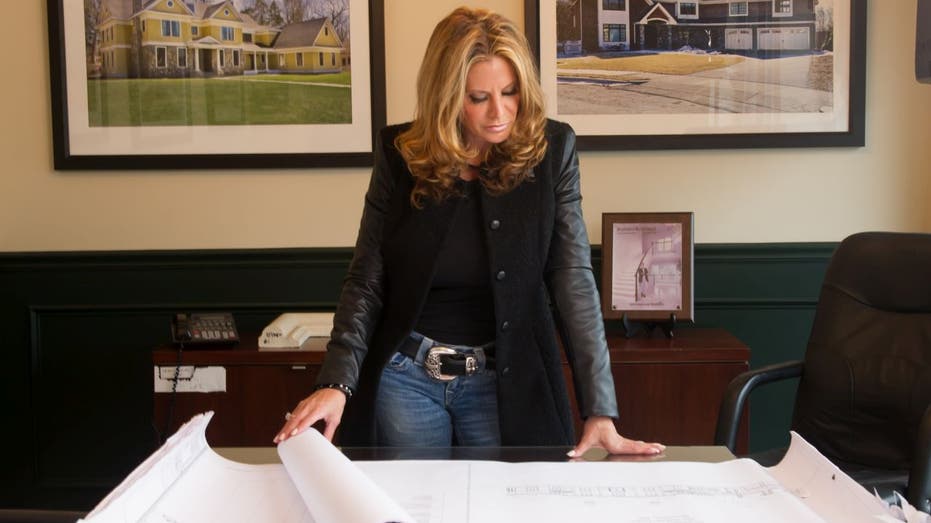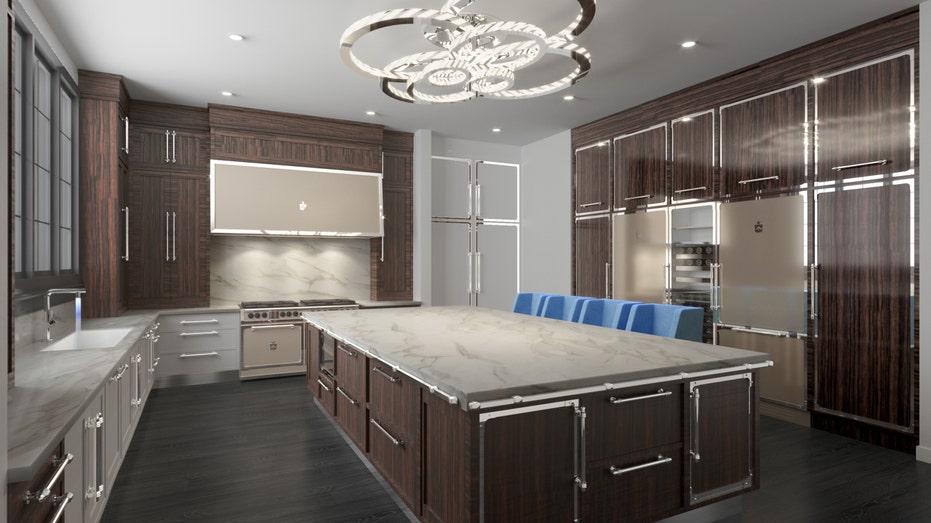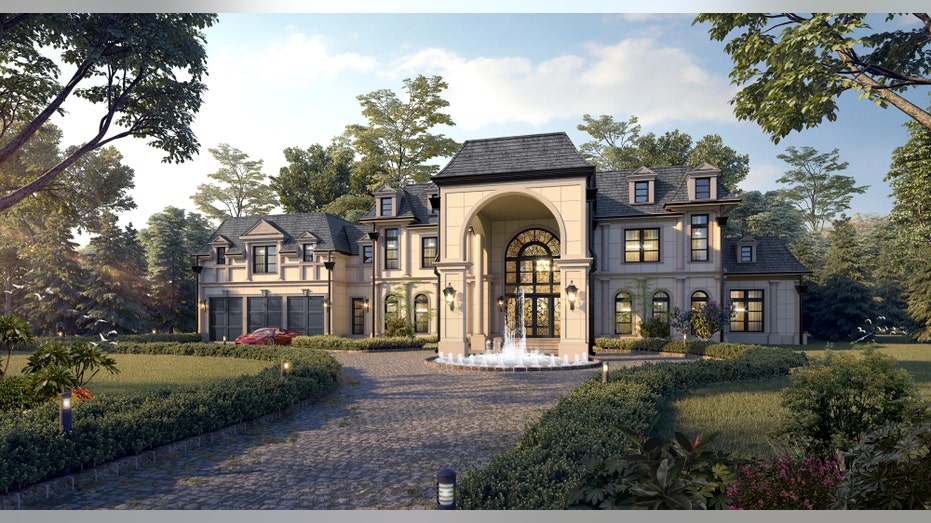4 costs homebuyers overlook most often, according to a millionaire builder
‘Tough as Nails’ HGTV star and millionaire builder Cindy Stumpo shares which costs homebuyers don’t expect
With 30 years of experience building multimillion-dollar homes, former HGTV star Cindy Stumpo knows a thing or two about what costs shock new buyers the most. Her Boston-based luxury homebuilding service, C. Stumpo Development, Inc., is one of the state’s best-rated and she manages this with a meticulous eye for detail.

(C. Stumpo Development)
When asked which features are commonly overlooked, the “Tough as Nails” host narrowed down her top picks to four points. Here are the costs that homebuyers most often don’t realize they may have to fix when buying a pre-owned home.
THE BEST TIME TO BUY YOUR SECOND HOME
Inspect the unexpected
One thing homebuyers largely overlook is their home inspection, according to Stumpo. Areas that are not inspected as thoroughly as other parts of the home tend to be roofs, chimneys and exterior drainage systems.
In her line of work, basements are not checked enough to prevent water damage, which she says can cost crippling money to fix.

(C. Stumpo Development)
TOP 5 KITCHEN AND BATHROOM RENOVATIONS TO MAXIMIZE RESALE VALUE
“You can't rely [solely] on a home inspector,” Stumpo said. “You have to ask: ‘What is this’ and ‘How is this looking?’”
Decks and patios need a reliable builder
Homebuyers who want a deck or patio so they can enjoy the outdoors should keep a lookout any inconsistency in its build, Stumpo said. If either one or both are not installed properly, it can cost a significant amount of money to fix.
For decks, the cement footing needs be poured into the ground right way because it sets the foundation that will support the structure.
WHAT IS AN INVESTMENT PROPERTY?
“You have to make sure that the load-bearing of that deck is sitting perfectly centered on that footing – not to the right of it, not to the right of it, not hanging off of the footing – right in the middle of the footing because that's what's really holding up that deck,” Stumpo explained. She added that a deck’s attachment to a house is just to keep the structure leveled.
However, if these steps are not done the right way, a deck can very well collapse and cost a homeowner anywhere from $5,000 to $15,000 to rebuild.
Patios on the other hand can suffer from weeds growing through the pavers, brick or tiles are not laid down correctly, which could also be can be a problem forever, Stumpo said.
Other issues can include unleveled areas, poor drainage and tripping hazards..
Don’t skimp on landscaping and gutters
Houses are generally best built on land that is sloped enough to drain water. This way rain can run off-hill instead of into the home or basement or pooling on land, which can turn into ice in winter, Stumpo said.
Landscape grading and paving should pitch away from the foundation or else it will cost money to redo, she said. A common pitfall Stumpo sees people falling into is putting mulch “way too close to the house,” which causes moisture.

(C. Stumpo Development)
READ MORE ON FOX BUSINESS BY CLICKING HERE
“If that mulch is hitting that foundation, then you know it’s not done properly,” she explained. “The way most should be is you should have stone around the foundation and then mulch because stone acts as a perimeter.”
Similar to the drainage issue that can happen on land, Stumpo stressed that the gutters on a house should also drain water away from a home’s foundation.
“If the gutters are not installed properly, you're going to have to go back in and reinstall all the gutters,” she said. “We're now talking $500, $600, $700 fixes here.”
You might have to pay for quality air
Air freshening plugins might be helpful for a real estate agent but these devices can mask smells that are important for homebuyers to know about Stumpo warns. This is especially dangerous when it comes to mold, which can be damaging to a person’s health if it is in excess. It also costs a lot to tear out of a room and get the problem fixed.

(C. Stumpo Development)
Aside from asking how previous owners kept up on their air equipment and duct cleaning, Stumpo recommends revisiting a home three days after the initial visit for a comparative smell test. If both times it smells “musty” that means water infiltrated the house at one point and is still coming in.
CLICK HERE TO READ MORE ON FOX BUSINESS
“When you walk down and you go, ‘It smells down here. Why is it smell down here?’ I will guarantee you there's mold behind the blue board,” Stumpo said. “If you have a finished basement, you don't know it because you can't see behind the wall. So that's where money really starts to run it. And that’s when we start cutting over the blue board.”




















